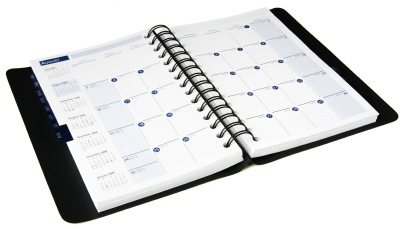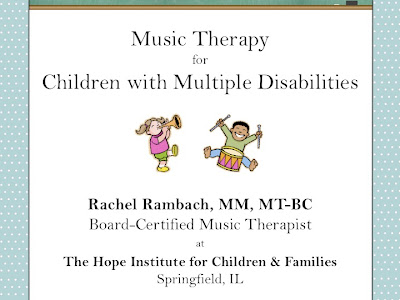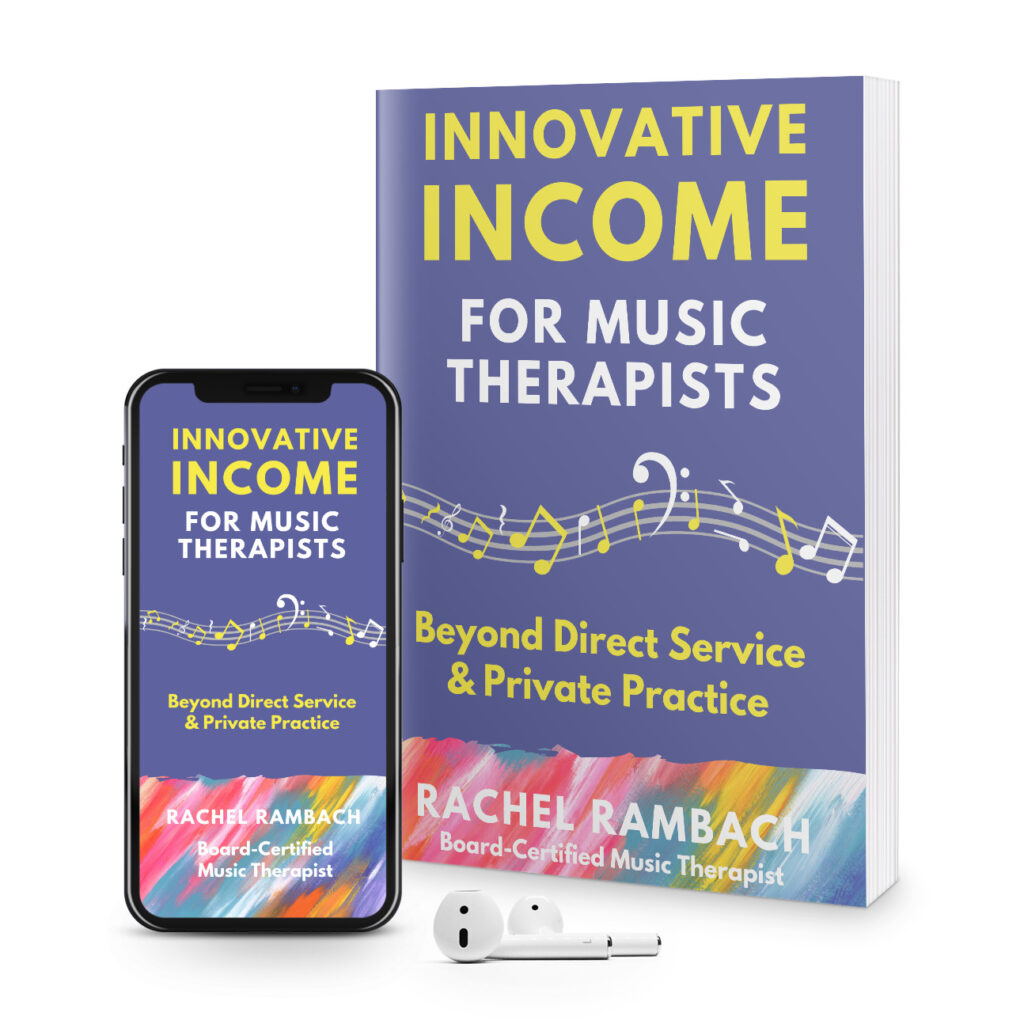
Making music with young children is so much fun, and incredibly beneficial to their growth and development, but it’s not always smooth sailing in music therapy sessions or music classes.
Sometimes kiddos don’t follow the directions or participate appropriately, so it’s important to make sure that each child participating in music therapy sessions or music classes is set up for success so that he or she can reap the benefits of all we have to offer.
In this post, I will address a few common challenges, the way I address them in music therapy sessions, and some of the songs that I’ve found beneficial to keep my sessions on track and goal-oriented!
Some of the goals addressed in these songs:
- Relaxation
- Improve gross motor skills
- Increase ability to follow directions
- Increase sustained focus
- Identify emotions and coping skills
Challenge #1: My client does not look engaged.
Sometimes children become disengaged when participating in music activities. Before deciding a course of action, I always think about why a child might be disengaged. Are they overstimulated? Do they need to move their bodies? Or do they demonstrate engagement in non-typical ways?
One way I like to combat disengagement is to strategically place a movement activity such as “Ready, Set, Wait!” about halfway through my sessions. By encouraging my kiddos to get up and move their bodies, it often gives them the energy to maintain focus throughout the rest of the session.
Another way I recapture my clients’ attention is by bringing out an instrument that is highly preferred; my clients love the ocean drum and the song “Motion in the Ocean”. Sometimes an old favorite is the best way to refocus a client or a group.
Challenge #2: My client is not following directions.
Following directions is hard, and for many of my clients, verbal or sung directions are just way too difficult. There are a few different strategies that I use when making direction following more successful for my clients:
- Minimize directions and encourage clients to maintain focus on the activity, such as just playing our rhythm sticks or shaking our egg shakers up high or down low. “The Rhythm Stick Waltz” and “Shake, Rattle, and Roll” are both great options for children who are ready to maintain focus on the activity but benefit from minimal directions.
- Put the guitar down! Instead of accompanying yourself, utilize an instrumental track or sing unaccompanied. Freeing up your hands will allow you to demonstrate exactly what the clients should be doing, and mimicking is an important skill that many of my young clients are beginning to master.
- Use visual aides! My favorite trick is to wear scarves and sweaters (I live in New England, so that’s easy!), and use visual aides with Velcro on the back and stick them to my clothes, while I play guitar. Using visual aides is a natural next step after clients have mastered mimicking, and are able to use pictures to follow simple directions.
Challenge #3: My client is frustrated, mad, or sad. HELP!
When my clients are demonstrating that they are not doing so well, I like to use songs that label their feelings and can provide them with the appropriate language to ask for what they need.
“How I Feel” is a collection of short songs to address a variety of emotions and are the perfect addition to any music therapist’s toolbox. These songs are the kind I always need in a pinch, because they have been proven to be helpful in regulating my clients and often helps them feel less frustrated. I have also added extra verses to many of the songs to provide helpful coping skills to my clients, so that we can practice them together during difficult moments.
These three challenges are so common in music therapy sessions, and can be difficult for even the most experienced music therapist. I have found that by setting myself up for success by having lots of tools and strategies ready, and setting my clients up for success by including movement and making sure my interventions are appropriate, I can almost always ensure that my sessions are fun, engaging, and goal-oriented.
Tell me in the comments below: what are some ways that you set your clients up for success?
You can listen to all of these songs in their entirety right here. Lyrics, chords, mp3, and instrumental track for these original songs are available for download. As is the case for all Listen & Learn Music creations, we invite you to adapt this song as needed to best serve your students and/or clients.











